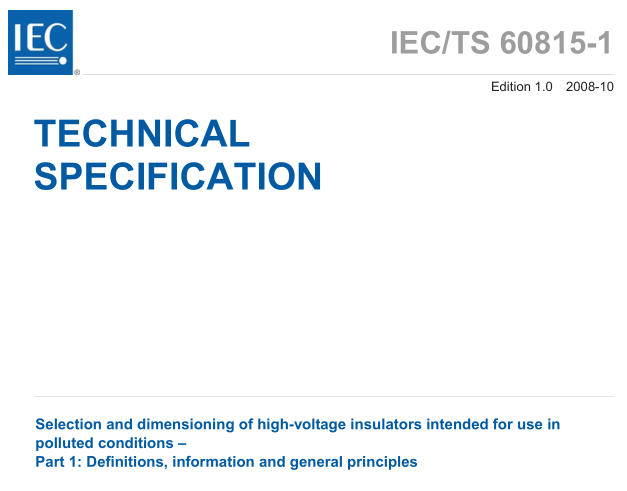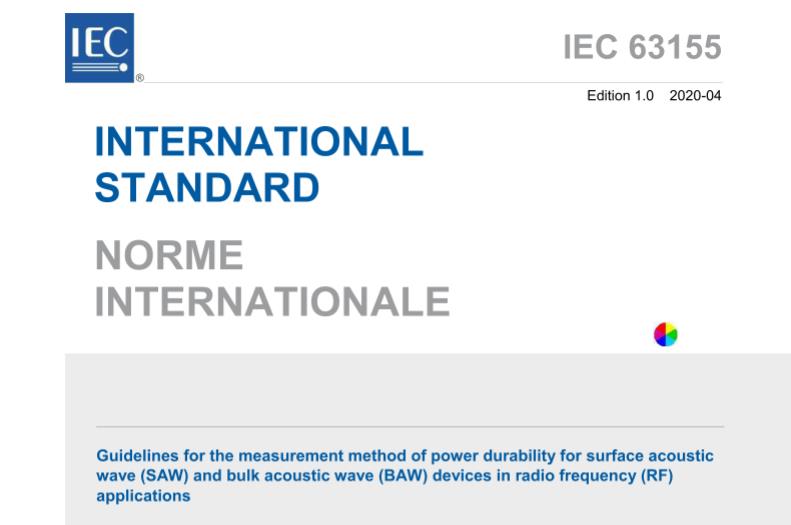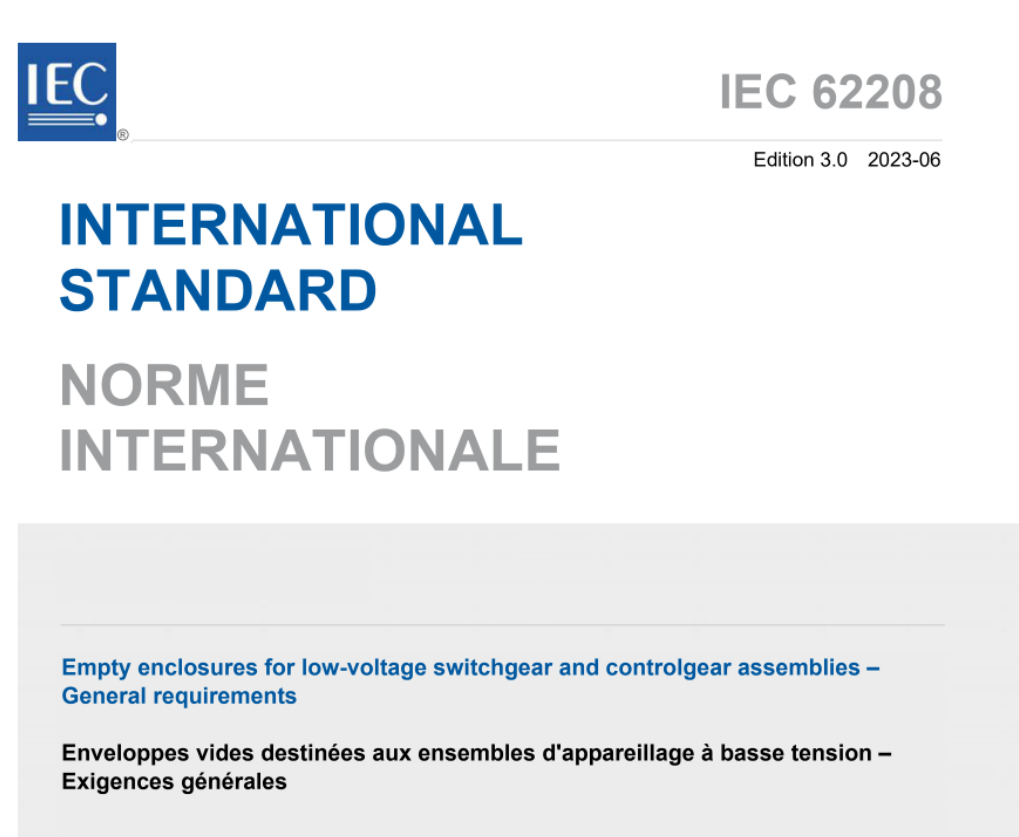IEC/TS 6081 5-1 is a technical specification that applies to the selection of insulators and the determination of their relevant dimensions for use in high-voltage systems with respect to pollution. This technical specification divides insulators into the following broad categories, each treated in a specific part as follows:
- IEC/TS 6081 5-2 – Ceramic and glass insulators for a.c. systems;
- IEC/TS 6081 5-3 – Polymeric insulators for a.c. systems;
- IEC/TS 6081 5-4 – equivalent to 60815-2 for d.c. systems 1;
- IEC/TS 6081 5-5 – equivalent to 60815-3 for d.c. systems 1.
This part of IEC 6081 5 provides general definitions, methods for evaluating pollution site severity (SPS), and outlines the principles to arrive at an informed judgment on the probable behavior of a given insulator in certain pollution environments.
This technical specification is generally applicable to all types of external insulation, including insulation forming part of other apparatus. The term “insulator” is used hereafter to refer to any type of insulator.
CIGRE C4 documents [1], [2], [3] 2 form a useful complement to this technical specification for those wishing to study in greater depth the performance of insulators under pollution.
This technical specification does not deal with the effects of snow, ice, or altitude on polluted insulators. Although this subject is dealt with by CIGRE [1], [4], current knowledge is very limited and practice is too diverse.
The objective of this technical specification is to understand and identify parameters of the system, application, equipment, and site affecting the pollution behavior of insulators, understand and choose the appropriate approach to the design and selection of the insulator solution based on available data, time, and resources, characterize the type of pollution at a site and determine the site pollution severity (SPS), determine the reference unified specific creepage distance (USCD) from the SPS, determine the corrections to the “reference” USCD to take into account the specific properties (notably insulator profile) of the “candidate” insulators for the site, application, and system type, determine the relative advantages and disadvantages of the possible solutions, assess the need and merits of “hybrid” solutions or palliative measures, if required, determine the appropriate test methods and parameters to verify the performance of the selected insulators.


